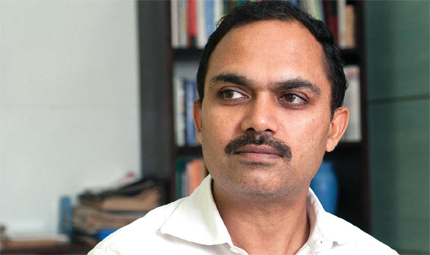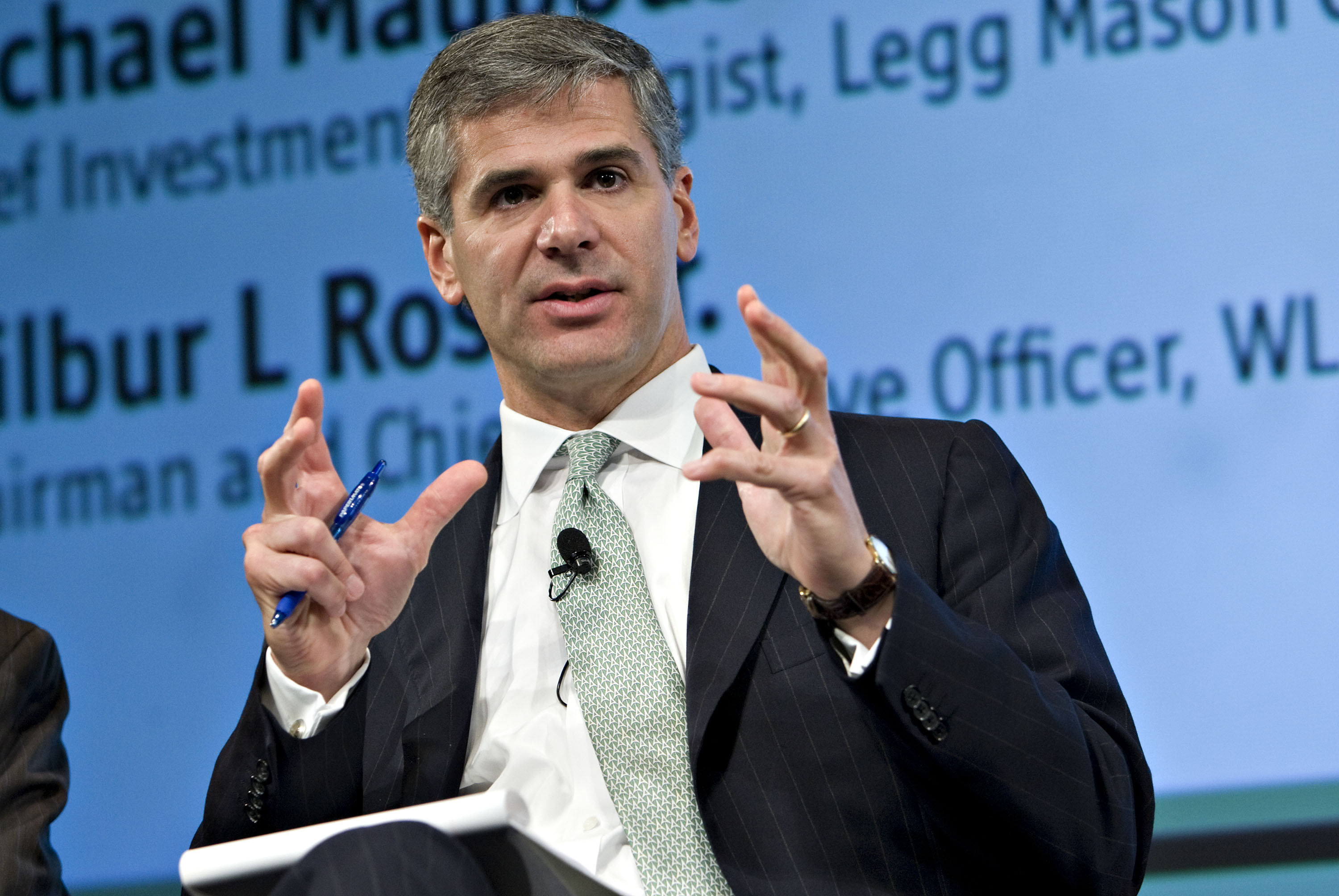
Three weeks ago, the Narendra Modi government completed three years in office. On the occasion, the media went to town discussing the performance of the government. The general opinion among analysts, television anchors and economists, who have a thing or two to say on such matters, was that the government had done well on the economic front, given that that the Indian economy grew by 7.5 per cent per year over the last three years. In coming to this conclusion, these individuals did not take one thing into account: the falling price of crude oil.
When Narendra Modi was sworn in as prime minister in late May 2014, the price of the Indian basket of crude oil was a little over $108 per barrel. As of June 8, 2017, a little over three years later, the price of the Indian basket of crude oil stood at $48 per barrel, around 56 per cent lower.
Lest I be accused of making only a point to point to comparison, take a look at the following figure.

Source: Petroleum Planning and Analysis Cell.
In May 2014, the average daily price of the Indian basket of crude oil was $106.85 per barrel. It rose in June 2014 to $109.05 per barrel. And then the price of oil started to fall. Since June 2014, the overall trend in oil prices, has been on its way down (as can be seen by the red arrow). Even though prices have gone up in the recent past, they are well below where they were between mid-2011 and mid-2014.
This can be best described as the luck of Narendra Modi. At least on the economic front, lower oil prices have made the Modi government look good.
I first made this point in the weekly Letter that I write. The foremost impact of lower oil prices has been on the rate of economic growth. Let’s try and create a counterfactual situation here by trying to figure out how economic growth would have turned out to be if the oil prices in the last three years, were as high as they were during the time when Manmohan Singh was the prime minister.
At its most basic level, the gross domestic product (GDP) is expressed as Y = C + I + G + NX, where:
Y = GDP
C = Private Consumption Expenditure
I = Investment
G = Government Expenditure
NX = Exports minus imports
India imports around four-fifths of the oil that it consumes. To be very precise, in 2016-2017, the actual import dependency or the proportion of crude oil consumed that is imported stood at 82.1 per cent.
Given this, net exports (or NX) in the GDP tends to be a negative number. Higher oil prices essentially ensure that oil imports go up. Oil imports going up leads to the net exports number becoming a larger negative entry. In the process, the GDP number comes down and the GDP growth comes down as well.
The reverse is also true. Hence, when oil prices come down, the NX number comes down, the GDP goes up, and in the process the GDP growth goes up as well. This is precisely what has happened over the last three years.
As per the latest GDP numbers declared on May 31, 2017, the economic growth during the last three years stood at 7.5 per cent per year. This was primarily because the average price of Indian crude oil between April 2014 and March 2017, stood at $59.3 per barrel. In comparison, the average price of crude oil between April 2011 and March 2014 had been $108.5 per barrel.
Now, let’s assume that the average net exports figures were at the same level during the Narendra Modi years as they had been when Manmohan Singh was the prime minister between 2011-2012 and 2013-2014. We are basically trying to figure out as to what would have happened if the price of oil had continued to be at a high level even after 2014.
What impact would have this had on the economic growth? The economic growth during the three-year period that Modi has governed would have been 6.5 per cent per year, and not the 7.5 per cent that it has come to. This is nearly 100 basis points lower.
Let’s compare this to the economic growth during the last two years of Manmohan Singh’s government. (I am using the last two years because in case of the new GDP series launched in January 2015, data starts only from 2011-2012.) The economic growth stood at 5.9 per cent.
While this is lower than the three-year economic growth during Modi’s era, it is not as low as it initially seemed. And that is primarily because of lower oil prices during Modi’s time as the prime minister.
So, lower oil prices have bumped up the economic growth figure. They have also benefited the government in another way. The benefit of lower oil prices hasn’t been passed on to consumers in the form of lower petrol and diesel prices.
As mentioned earlier, between May 2014 and now, the price of the Indian basket of crude oil has fallen by 56 per cent. During the same period, the petrol price in Mumbai has fallen by a mere 1.9 per cent. In case of diesel, the price has fallen by only 3.6 per cent.
Hence, the central government and the state governments have totally managed to capture the fall in oil prices. If we look at the central government, the net excise duty collections of the central government stood at around Rs 1,76,535 crore in 2013-2014. This has jumped by more than 100 per cent to Rs 3,87,369 crore by 2016-2017, primarily because the government chose to capture a bulk of the fall in price of oil by increasing excise duty on petrol as well as diesel.
This helped the government to keep increasing its expenditure without having to bother about a large fiscal deficit.
It is interesting to speculate what would have happened if the government had passed on the fall in the price of crude oil to consumers in the form of lower petrol as well as diesel prices. Consumers would have had more money to spend. And robust consumer spending is always a better way to create economic growth than a terribly leaky government spending.
To conclude, while the Modi government has done better in the last three years than the Manmohan Singh government did in its last two years, the fall in the price of crude oil has been a major reason behind it. Modi has been terribly lucky, and it’s time that analysts and economists acknowledged this reality.
The interesting thing here is that people have a hard time distinguishing between luck and skill. As Michael Mauboussin writes in The Success Equation: “Our minds have an amazing ability to create a narrative that explains the world around us, an ability that works particularly well when we already know the answer.” In Modi’s case, this has meant attributing India’s good official economic growth rate to his skill rather than to the fact that he got lucky.
The column originally appeared on Thinkpragati.com on June 14, 2017.

